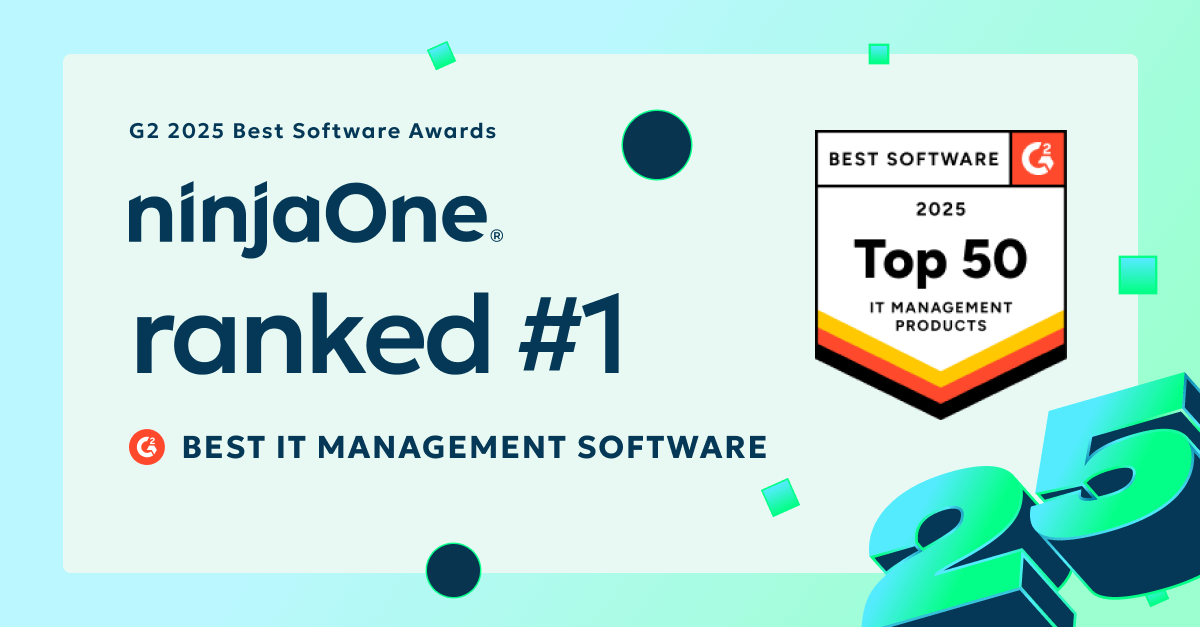
Photo by Adam Jang
Note: This post is an excerpt from our new guide, 5 Steps to Growing Your MSP Business. Download your complete copy here.
As an MSP, you never want to lose a good customer. As you set out to grow your business, however, it’s likely that you may lose focus on your existing customer base, potentially driving some of them away. If one of your growth goals is to increase the number of customers, avoiding that churn is extremely important. You don’t want to be in a “gain one/lose one” situation.
So, how do you make sure current customers are happy and remain a customer?
In this third post in my 5-part series on growing your MSP business, I’ll discuss how to keep your focus on customer retention even while you’re putting new energy into new customer acquisition.
Getting serious about customer retention
New customers can take a material amount of your attention. Phone calls, sales meetings, network assessments, statements of work, negotiations, onboarding — it all eats into the time you would otherwise be able to devote to existing customers. That’s why it’s important to have a process in place for checking in and evaluating where things stand. You shouldn’t assume existing customers are satisfied. You need to quantify and qualify that they are. In addition, you should proactively look for ways to make them feel well-tended.
There are two basic tasks that should guide your customer retention efforts:
- Ensuring service: The fundamental step here is to make sure the service levels you’ve been providing your customers don’t drop. Since this is rather subjective, it may be necessary to use some metrics. Think about this in terms of tech hours, response time, meeting SLAs, or any other metrics that are used to measure service. While you’re looking ahead to make growth happen, keep an eye on your current investment.
- Enhancing communication: Metrics are one way of determining if you’re still providing the same service, but like any relationship, it’s possible for your customer to simply not “feel the love” coming their way. For that reason, it’s important while growing to put additional emphasis on speaking with customers directly. If you’re not already doing quarterly customer meetings to cover what’s transpired over the last three months and to hear about their concerns and plans, now’s a good time to start.
In essence, keeping existing business relationships healthy requires ongoing investment. The first task is about making certain you’re keeping up your half of the bargain. The second is about hearing things from their point of view, and making sure you’re both on the same page. Arguably, it’s that second step that is the most crucial. Not only should you be actively seeking honest feedback, you should strive to understand new or lingering challenges so you can turn those into additional service opportunities for you.
In the next blog in this series, I’ll explain how you can do exactly that — increasing revenues from current customers by expanding your services footprint.
As always, if you don’t want to wait for the rest of the series you can get your free copy of the complete guide, 5 Steps to Growing Your MSP Business, now.
Inside, you’ll learn how to:
- Overcome the most common growth hurdles
- Create — and stick to — a practical growth plan
- Craft a value proposition that hits home with new prospects
- Acquire the right type of new customers
- Upsell your best current customers, and keep them happy while you grow
- Scale your business operations to make growth sustainable








